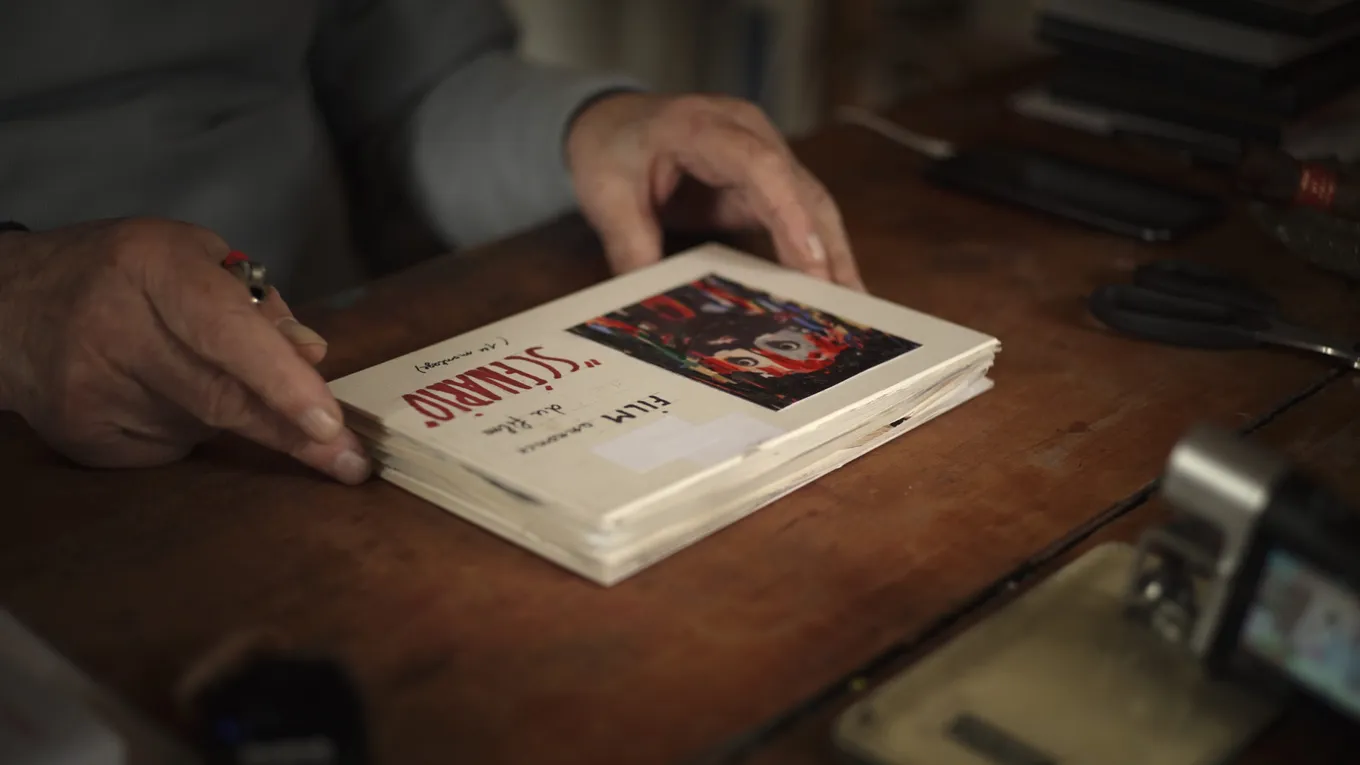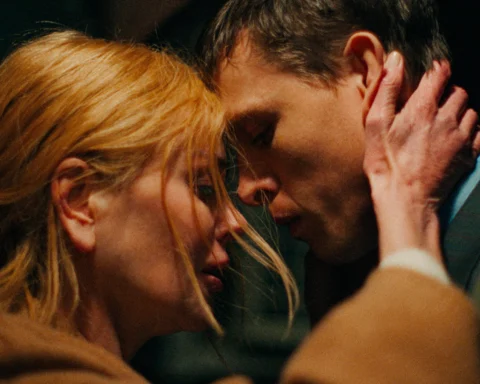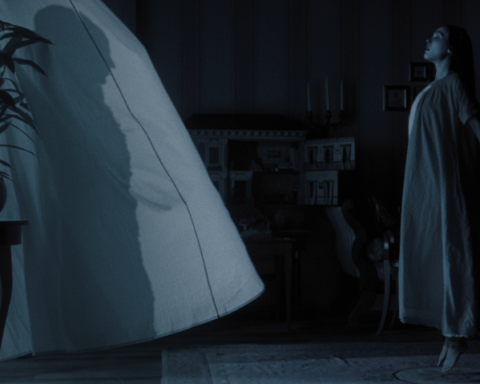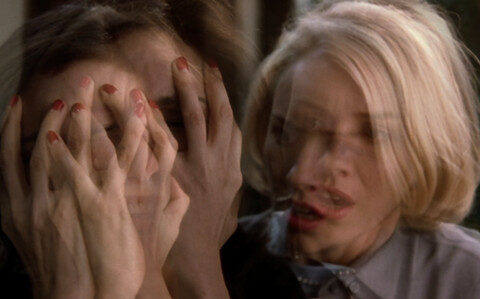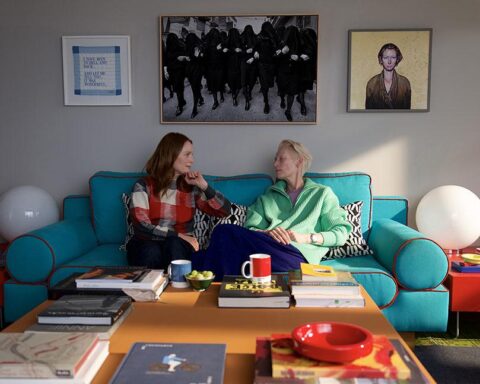Scénarios (2024)
Godard’s Final Bullet to Cinema
Writing a review about the films of your favorite director is never easy, especially when it’s a farewell piece completed a day before his assisted death… In his 18-minute experimental work, Godard continues to play with our perception using image, video, and sound designs.
The short film, divided into two parts titled “DNA, Fundamental Elements” and “MRI, Space Adventure,” progresses in a moving storyboard format. Featuring Godard’s own drawings, notes, and various photo collages, the storyboard presents his unique perspective on many subjects: contemporary art, pop art, literature, the tragedy of art and war… The documentary also includes clips from his own films (Le mépris (1963), Bande à part (1964), Week-end (1967)), and pays tribute to many directors, including Rossellini and Hawks.
In this visual-audio essay full of editing, sound, and image combinations, all these images are, of course, presented in a deconstructed manner. Once again, Godard replaces representation in cinema with ‘thinking in fragments.’ The experimental visuals, filled with dense metaphor and reference montages, are like a continuation of Le livre d’image. Images proving the metaphysics of perception reach their strongest form in the theme of war; after the bullets, there is silence, grainy soldier images seem to drown in Russian and German grumblings, an alarm button deafens the audience, and a deceptive duel scene reflects Godard’s humor. And while all this happens, cinema continues to be “an art where a sniper on the roof shoots at the audience.”
The documentary, where the peak of the third image perception is reached, once again, perhaps most strongly, proves Deleuze’s analysis: “The use of AND is essential in Godard. It is important because most of our thinking is organized according to the verb to be. IS… AND, ‘and… and… and…’, as opposed to the proper and dominant use of language based on the verb to be, is precisely a creative stammering, a foreign use of language.” In a sense, one plus two does not equal three; from Godard’s perspective, the third image born from the combination of two images can create another meaning in the viewer.
Indeed, the metaphor we hear in the film by Sartre merges with Godard’s perspective: “Using a horse to illustrate that a horse is not a horse is less efficient than using a non-horse to illustrate that a horse is not a horse.”
From fundamental elements to space adventure (DNA & MRI), it is like a metaphor for the process from life to death. After the first part, which Godard describes as “a final image that means nothing,” in the second part, we watch an 18-minute interview with the director himself and his assistants Jean-Paul Battaggia and Fabrice Aragno. This time, Godard meticulously and carefully conveys the behind-the-scenes of his visual-audio experiment from his own perspective, without making the audience feel that he is living his final moments; he even continues to make jokes with all his mischievousness.
With his last work, which can be interpreted as an artistic farewell manifesto to cinema, Godard frees thought and image, and perhaps finally himself, a day before closing his eyes to life. Being so intertwined with cinema even in death is not surprising for someone who was not only a cinematic genius but also deeply integrated with the art form…
Scénarios Premiered at Cannes ’24 (Classics)
Nil Birinci

